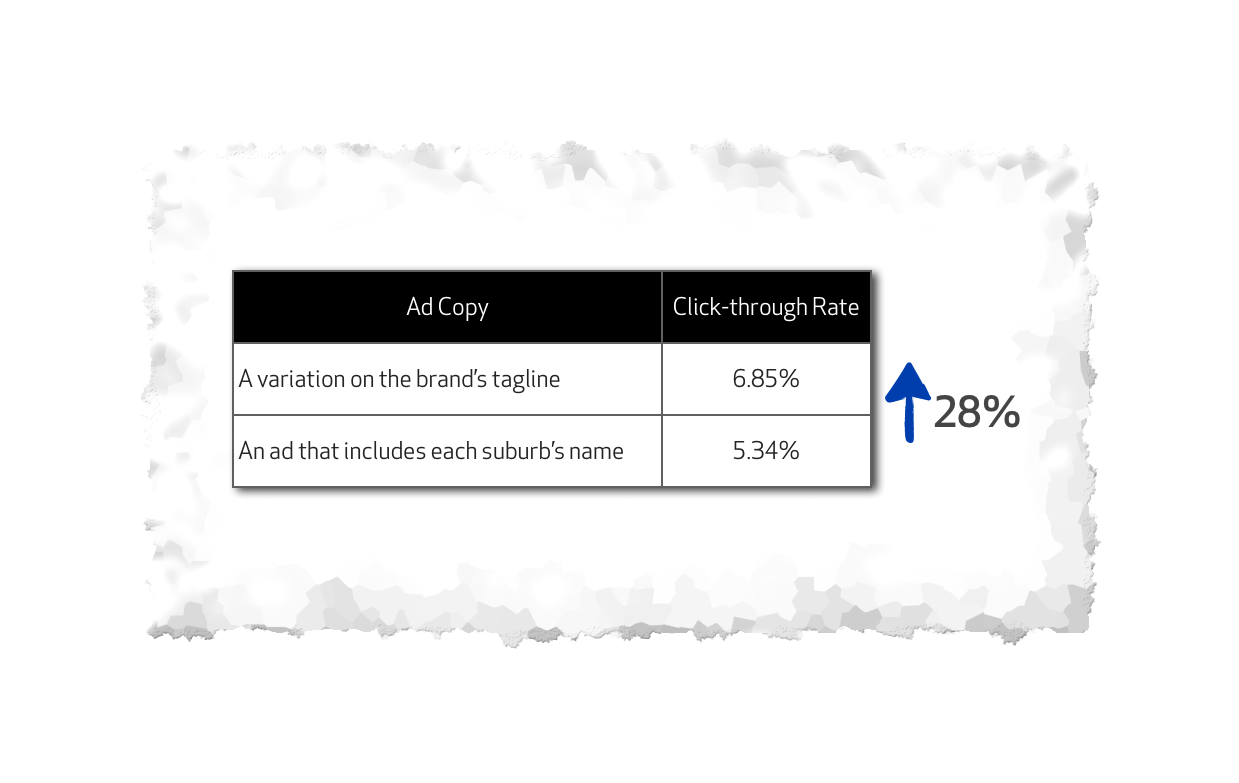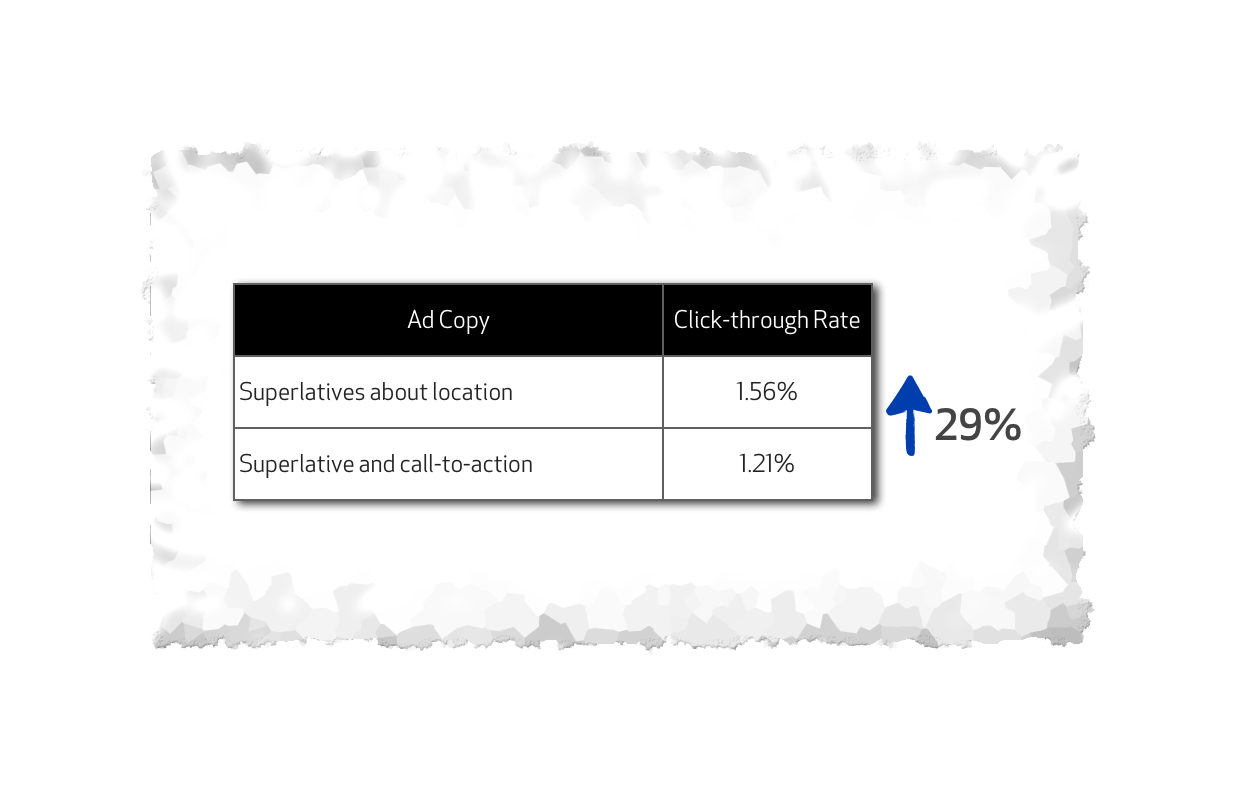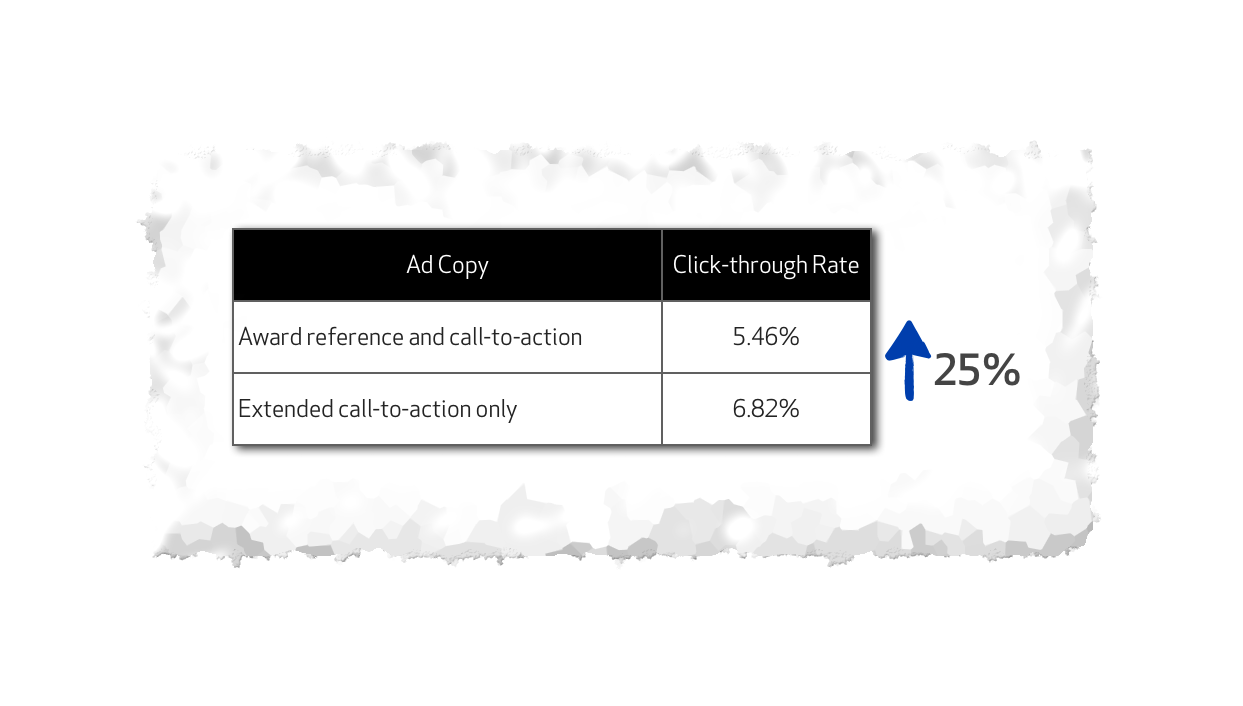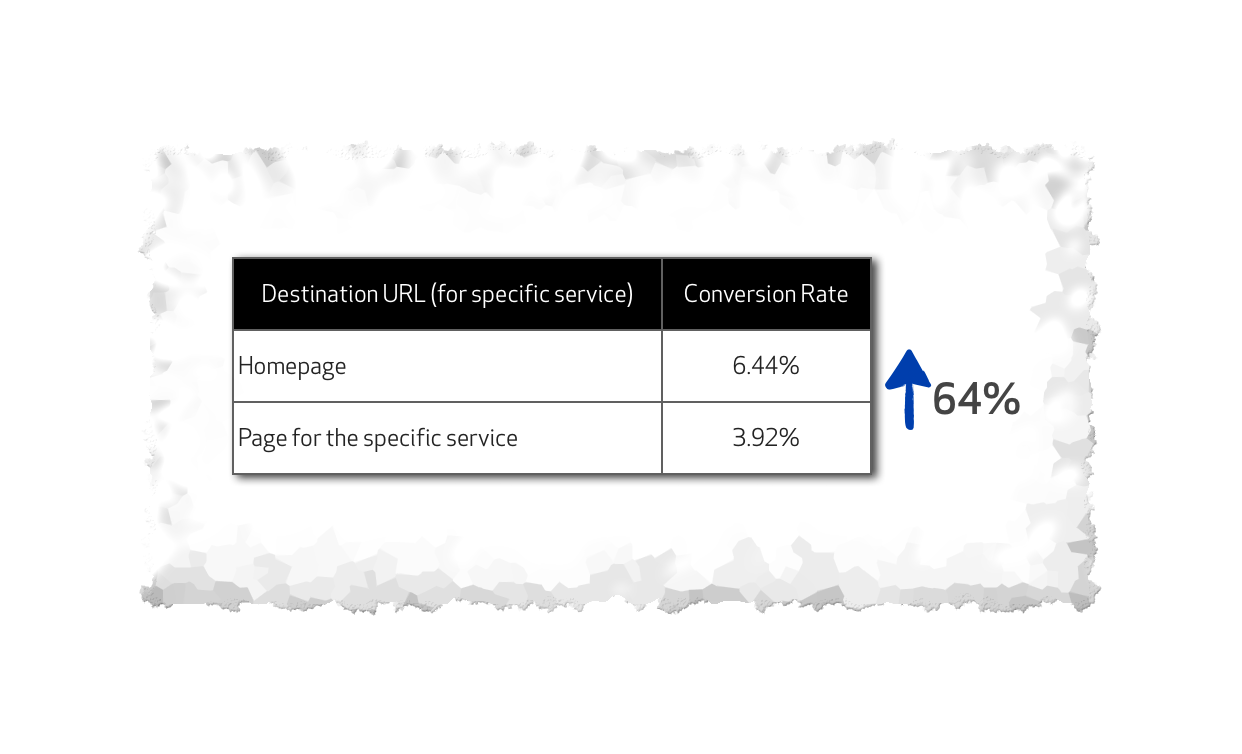Best Practices in AdWords - Always Test!
Loves Data

We love best practices. We preach Google’s best practices for AdWords every time we conduct training events and they form the core of our client account management processes. Our aim is to help raise the standards through which businesses conduct their online marketing so that it’s more effective.
Some of the more common AdWords best practices when speaking about writing text ads include:
- Include a strong call to action
- Include at least one keyword in the ad text
- Highlight the location
- Highlight unique selling points
- Mention elements of credibility, awards, prices and promotions
- Set the landing page to the most specific page on your site relating to the keyword.
However, being advocates for best practices doesn’t mean betting our clients’ accounts on a particular list of rules/tips, even if they are suggested by Google.
Technically, if you wanted a complete list of the most important best practices it would only have one entry:
- Always test for different situations and never assume that conventional wisdom will hold in your particular case.
To illustrate this, here are three great examples of situations where going against best practices resulted in better results (with good statistical significance) for our clients.
Location Specific Ads

AdWords Best Practice_Test 1
The client is a brand with a large number of locations in a particular Australian state capital. We tested an ad that used the suburb name vs one that didn’t:
Now, if we were going to predict beforehand, we would have bet that the first one would be less engaging because it didn’t highlight the highly local nature of the service we were advertising for our client. But we don’t argue with the data. There could have been other factors at play (seasonal factors, or an emotive tagline that connected with the target audience better in that particular state’s capital), but for the time the ad was running, the one without the location information was more effective.
Using a call-to-action
This might be one of the most universal best practices since it filters out people who are less likely to convert and primes the visitor for the conversion from the moment they click. So these results for a client in the hospitality industry might come as a surprise:

AdWords Best Practice_Test 2
A possible explanation is that the location is quite exclusive, so using more of the ad space to talk about its exclusivity actually engaged more people. Since the call to action took up space, it forced a shorter description, reducing the focus on the location itself.
Listing your credentials
If you won a major annual award in your industry, you’d want to promote the fact heavily, right? Well, we found that adding references to the award could actually have the opposite effect:

AdWords Best Practice_Test 3
This might be because the longer call-to-action was particularly catchy, or maybe the award (or its wording) just fell a little flat. There’s nothing like Google searchers to humble us about how well we write!
Choosing the most relevant landing page
This one probably breaks the most sacred of best practices -- the idea that we must always give visitors as much relevance as possible, otherwise we are throwing our money away. Here, we had a test for a business in the services industry that had a homepage and one page for each specific service that they performed:

AdWords Best Practice_Test 4
By trying the homepage in parallel with the service page, the conversion rate increased by 64%. The likeliest explanation is that the homepage built the business’s general credibility and influenced a conversion in a way that the landing page (which got straight into the nitty-gritty) didn’t. Of course, this would be a red flag that the landing page should undergo a conversion test to improve its performance past the homepage baseline.
So there you have it! Three examples of when general best practice principles didn’t actually have the best results for our clients. It’s great to work from best practice, but by continuously testing your assumptions you can take your campaigns to the next level. Which is why our motto is to always, always, always keep testing, and trust the data (why else work for a company called Loves Data?!).

Comments